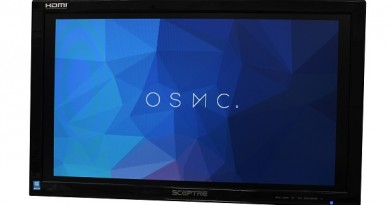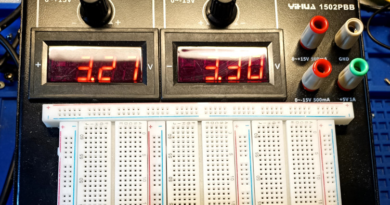Oscilloscope Sound Experiments
A digital storage oscilloscope is a piece of electronic test equipment primarily used to measure voltage, but it can detect sound waves as well. Emitted as resonant frequencies, longitudinal sounds waves travel through a medium like air or water and the medium dictates the sound’s travel speed, which in turn changes the way we hear certain sounds.
When you connect a speaker to a function generator — also known as an arbitrary waveform generator — you can detect the sine wave created by sound wave. Once the speaker receives the function generator’s input, the sine wave is transmitted to the oscilloscope, enabling you to analyze changes in the sine wave’s height and width on the device’s display.
Another experiment you can conduct involves creating sound waves in a single direction using a resonant tube apparatus, which will guide the sound wave along a tube (the length of the tube is controlled with a piston in the device). When you change the length of the tube, the output will sound louder because the apparatus maximizes the sound wave’s amplitude.
Once properly set up, you can also use your oscilloscope to analyze the pitch and sound waveforms of music. To do so you connect one end of an eighth-inch cable to your music player or computer and plug the other end into a BNC adapter, which you will then plug into the input of your digital oscilloscope. Turn on the oscilloscope.
Set the sec/div knob to one millisecond or quicker and switch the coupling knob to AC, which enables the oscilloscope to analyze the music’s pitch. Next you’ll set the volts/div to point five volts (this is the oscilloscope’s standard setting). Select the song you’d like to analyze and press play on the music player or computer. Observe the waveform as it develops.
You can then calculate the number of horizontal divisions in two complete waveforms by counting the number of divisions it takes a waveform to complete, which is indicated by lines on the graph’s horizontal axis. Each division is designated by a large line. You can determine the pitch by dividing two by the number of horizontal divisions times the sec/div number. You can use a frequency conversion chart to match this value to a specific pitch.


